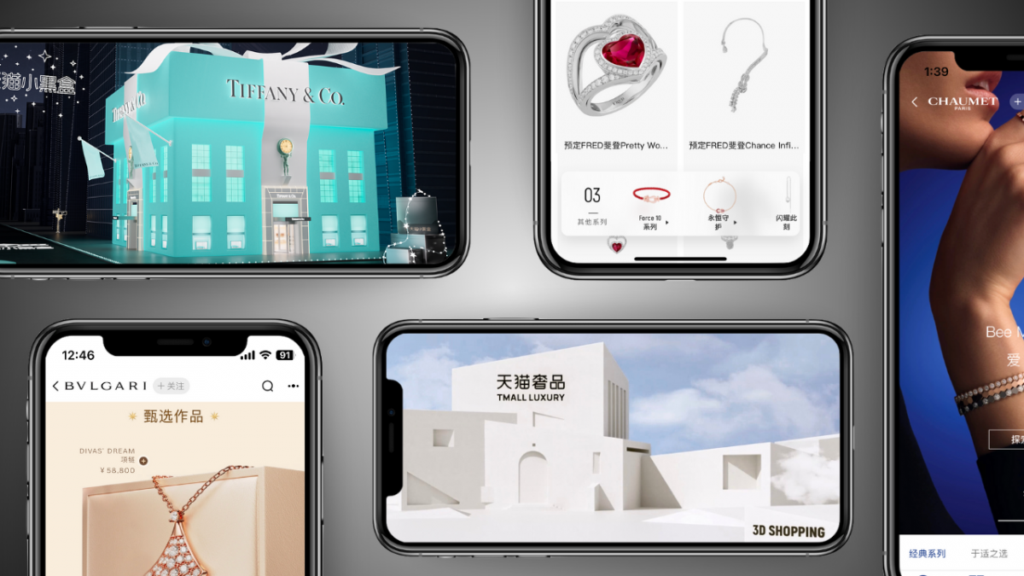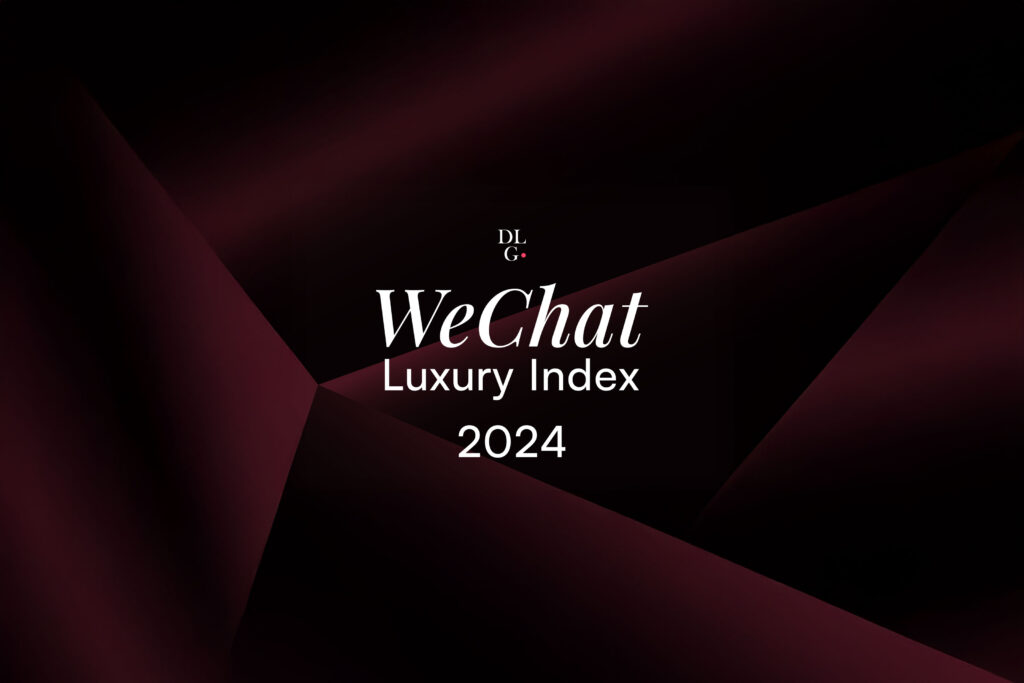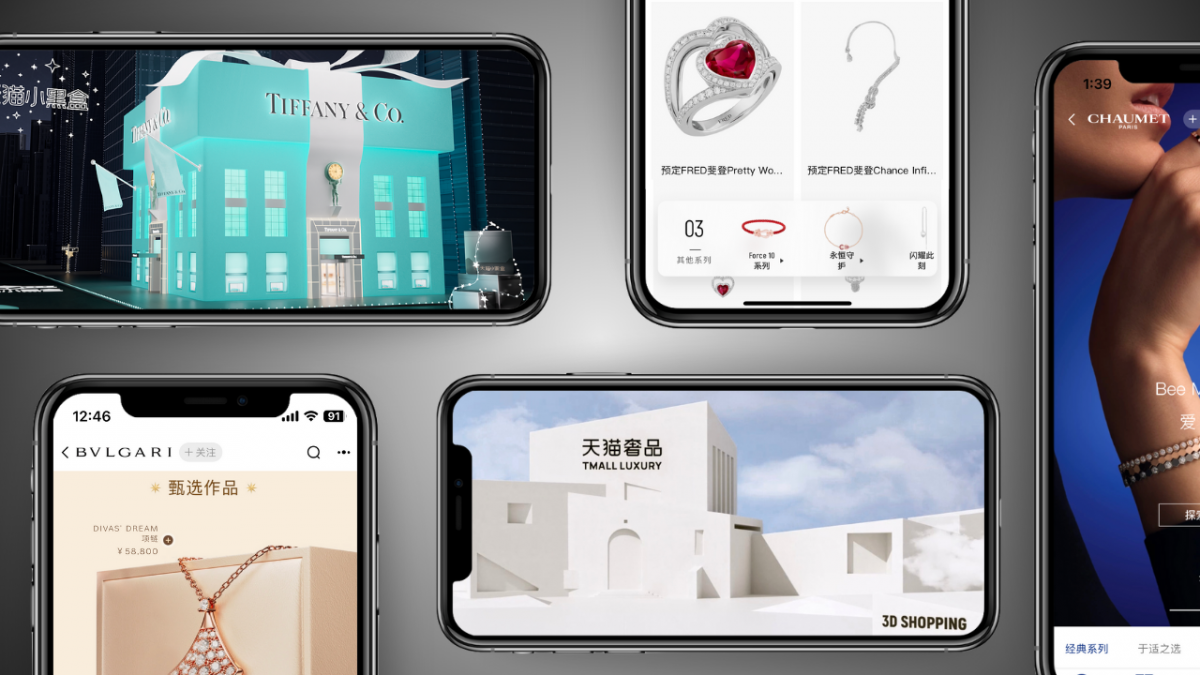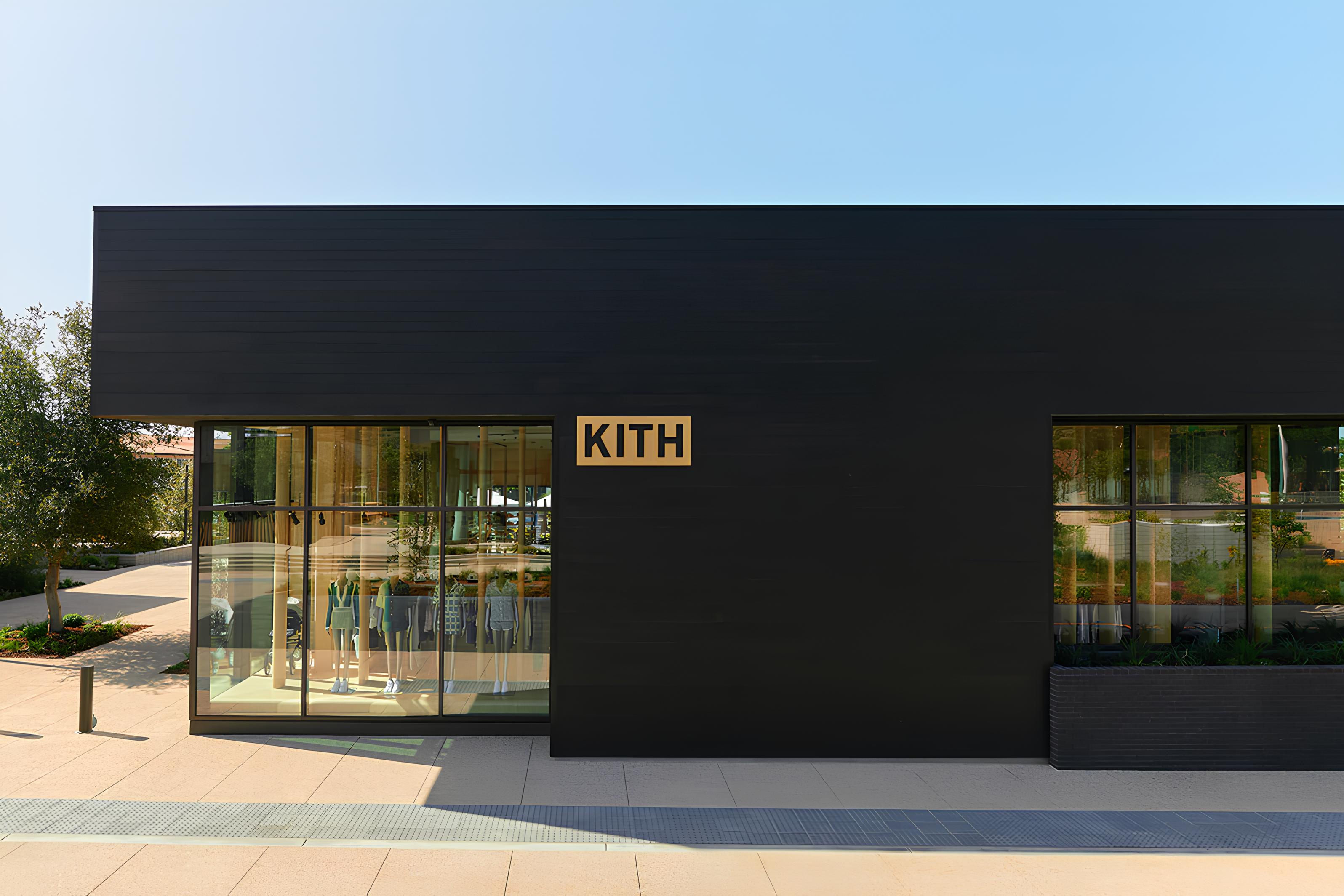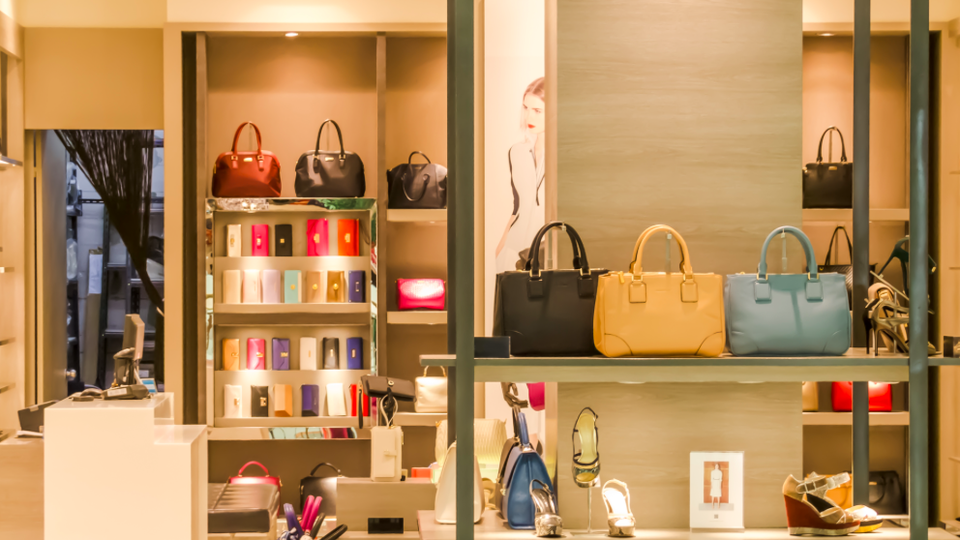
The US luxury industry has seen another year of slow growth. Euromonitor’s Fflur Roberts reveals the market changes and predictions for the world’s leading luxury goods market.
The US luxury goods market saw another year of low single-digit value growth in 2016 on the back of lower sales from wealthy international tourists, as a result of the strong US dollar, combined with weak demand from domestic consumers who have cut back on discretionary spending. The November presidential election further impacted economic uncertainty and had a knock effect for sales of luxury goods.
The US is nevertheless the undisputed king of luxury goods with the lion’s share of the global industry. Currently worth US$85billion, the US luxury goods market is expected to increase by a further US$18.5billion by 2021. Should the market achieve growth predictions, it will have expanded by almost 52% percent in just 10 years.

Modest Improvement in the US Economy
The US economy overall is improving modestly. Real GDP should increase by just under 2% in 2017 after gains of 1.6% in 2016. A buoyant housing market and steady gains in private final consumption are the main drivers. Business investment is growing slowly but could pick up, induced by higher infrastructure spending and tax cuts. Inflation was 1.3% in 2016 and prices will rise by 2.6% in 2017. The central bank is expected to gradually push up interest rates in 2017-2019.
According to the World Economic Forum, income inequality was named as one of the most important issue facing the global economy in 2017. With the US already one of the most unequal countries in the OECD and the highest amongst G7 economies— headed by a President that has been criticised for his proposed economic policies that are anticipated to aggravate this situation – concerns over the state of income inequality in US cities is rising.
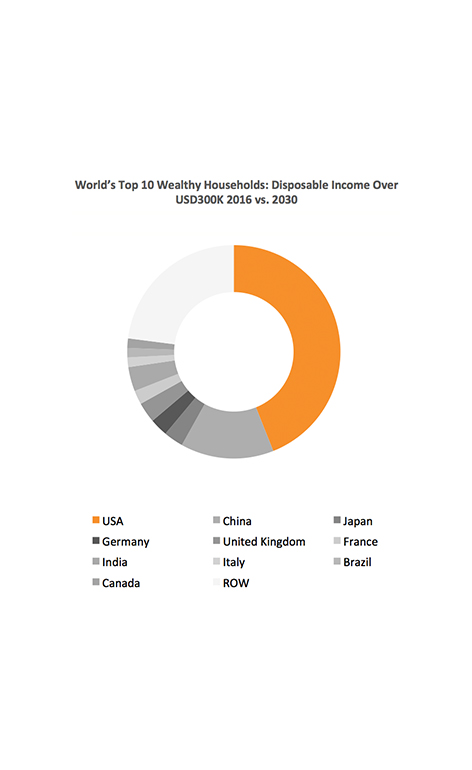
“Baby boomers” – or individuals born between 1946 and 1964 – are a key consumer segment in terms of market size and capacity for luxury spending. Indeed, in 2016, those aged 50-54 accounted for the largest proportion of consumers with an annual gross income over US$150,000. By 2030, Americans aged 65+ will have become the largest group amongst the top income earners (as “Baby boomers” continue to age), requiring from companies to adjust their offerings to meet the evolving demands of this important consumer group;
Major shifts to digital
The US luxury goods market is seeing a major shift from in-store purchases to digital purchases. The luxury goods market saw retail value growth of 24% over the 2011–2016 period; it may come as no surprise that online luxury sales recorded much faster growth, at 112%.
The growth of digital commerce is largely supported by the increase of digitally-savvy consumers. According to Euromonitor International’s Digital Consumer data, the number of internet users reached 76% of the US population in 2016, from less than 70% in 2011. As more consumers research, shop and buy products online, a number of key trends are emerging.
Store-based retailers are adapting to the digital age
With the growing number of digital consumers, luxury goods brands and retailers are investing largely in building their presence in internet retailing and improving websites to provide a seamless shopping experience for consumers. Luxury department stores are especially ahead with their digital strategies. Leading department store chains, such as Barneys New York and Nordstrom, have taken advantage of their retail presence and improved online services by offering same-day deliveries, “buy online/pick-up in store” capabilities and easy exchange/return policies for products sold through their website in select US locations. These features provide improved convenience to online shoppers, alleviating stresses associated with unpredictable delivery times.
Millennials are a key demographic for online luxury sales
According to our latest research, roughly 23% of the total US population are millennials and they are a key demographic for online sales. Millennials are the first digital natives and tend to spend hours browsing fashion blogs and social media to learn about the latest fashion trends and styles. They see online retailing as easy and convenient as they are able to go directly to retailers’ websites to purchase products with styles they found on fashion blogs and/or social media.
Mobile commerce a must for luxury goods retailers
Consumers are increasingly connecting to the internet through their mobile phones. According to Euromonitor International’s Digital Consumer research, 97% of mobile telephone subscriptions include internet access in 2016. With the increasing number of mobile phone users, luxury brands and retailers will continue to experience how mobile technology can improve customer experience through mobile apps, loyalty, communication and promotion. Moving forward, luxury brands will need to accommodate consumers’ on-the-go lifestyles, making mobile commerce a must-have channel for apparel and footwear retailers now and in the future.


